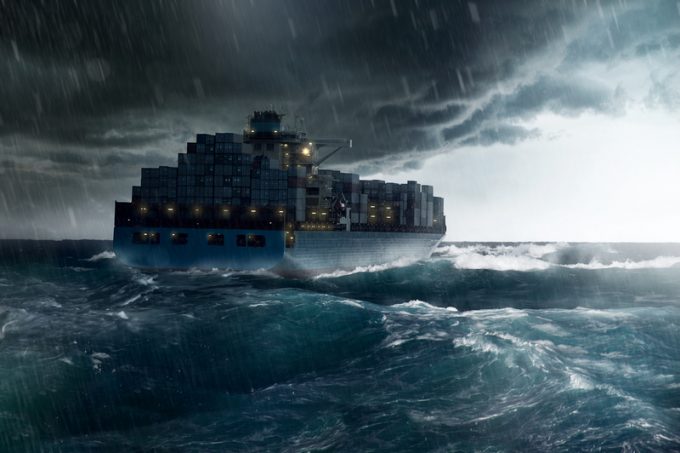Shipping lines should buy fuel collectively to clear a path to 'green' target
Enhanced alignment between shipping and fuel producers is essential if the industry is to meet ...

Ocean carriers generally managed to navigate the supply-disrupted first three months of the year quite well, but the demand-disrupted next quarters are likely to tip the industry into significant financial loss, according to a senior analyst.
Based on the Q1 financial results of 11 carriers, and ...

Comment on this article
Gary Ferrulli
June 09, 2020 at 2:44 pmIt could happen, underline could. But as we are in June right now we can pretty well conclude that the carriers have been successful in matching capacity to demand, keeping spot market rates up in the major trades. To slip in the last 6 1/2 months to level required to lose that amount would take a concerted effort – why would the industry to an about face now? The weak players haven’t really changed, winners and losers are pretty much the norm. This won’t be a particularly good year for the industry; about half will make money, half won’t. The numbers won’t be spectacular
due to the market conditions. But the carrier have, for almost 24 months, kept the lid on through blanked sailings and they have improved on that process over the past 12 months.
Norman Brian Russell
September 29, 2020 at 4:01 amWe have found that ONE is worse company that I have dealt with in the past 20 years, their cheap pricing to attract business is just not working. Their whole attitude is one of complete disregard of the Companies that are feeding them with goods. I have instructed my agent never use this Company again regardless of cost, because of their complete disregard of my genuine complaint. I am certain;y not the only one that has complained about their unjust attitude. Many Agents too realize the problem.